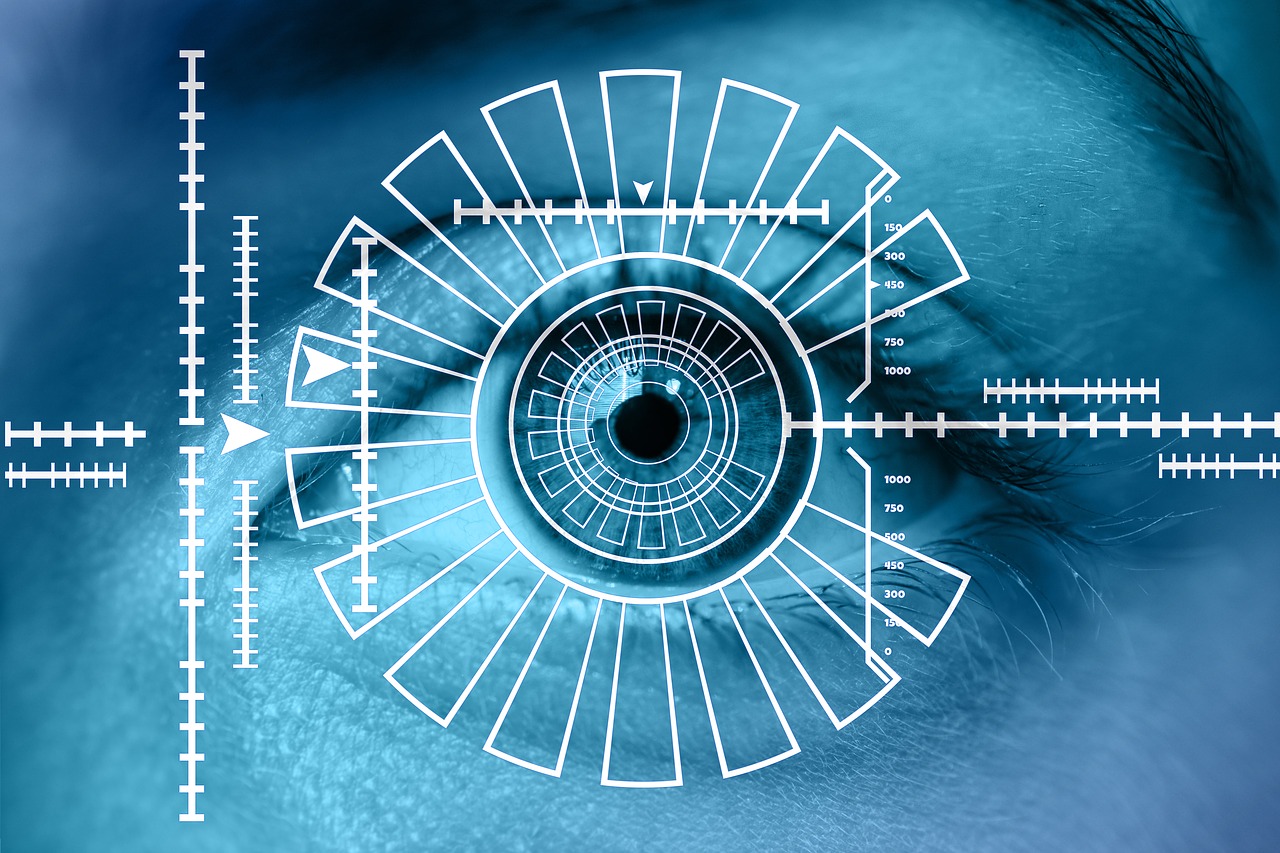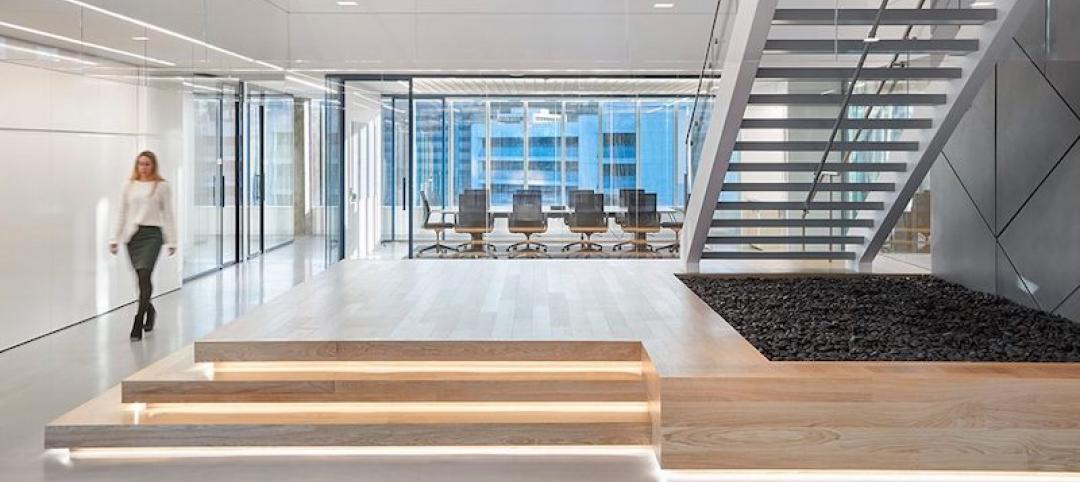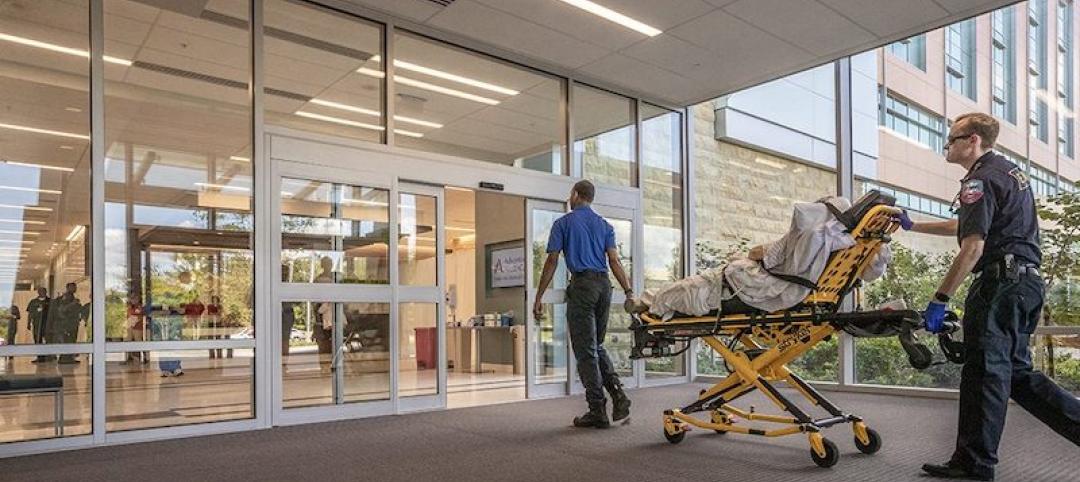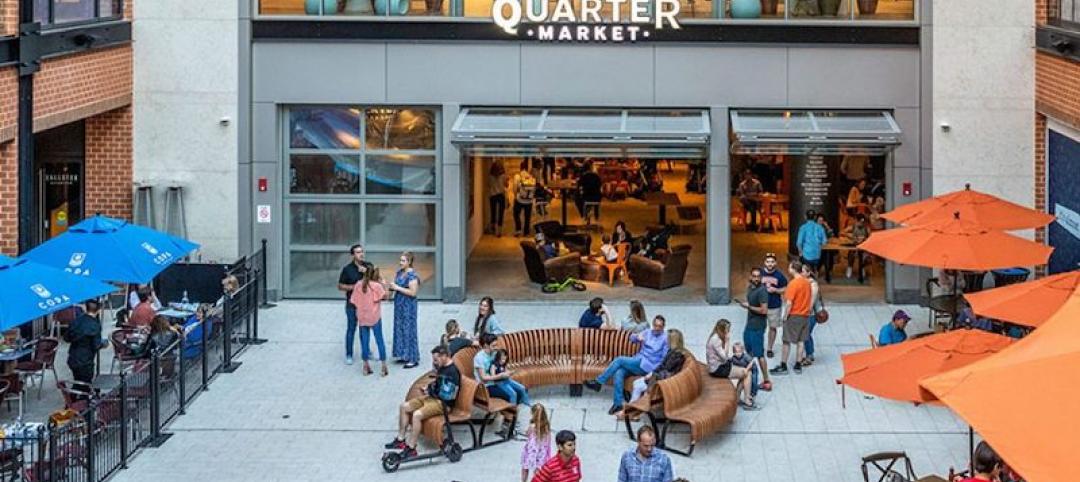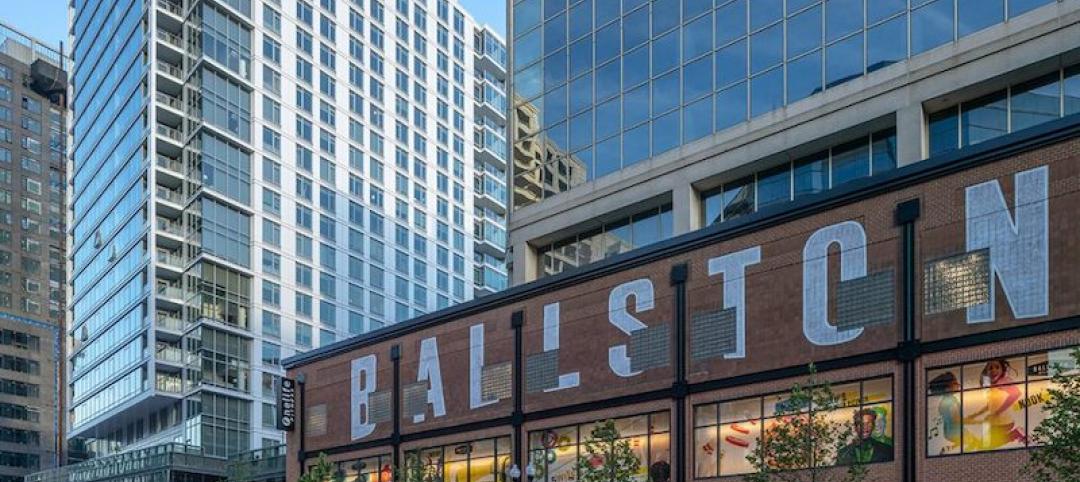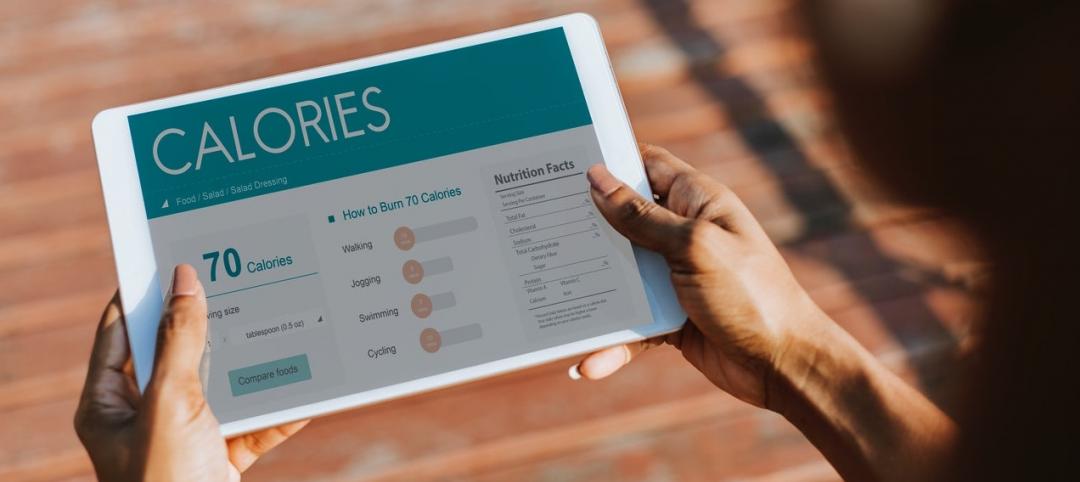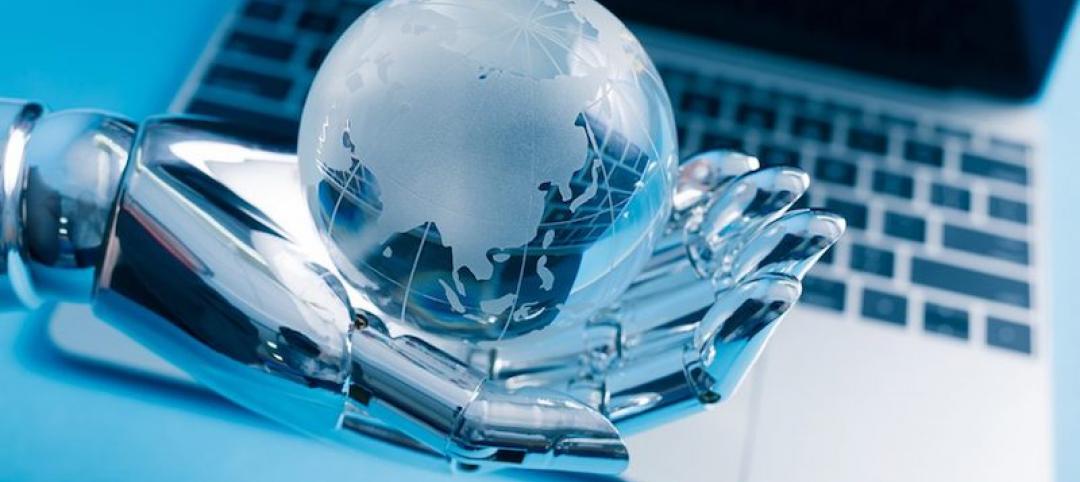It’s no secret that shoppers’ habits are being tracked and targeted more than ever before. These new insights and sometimes controversial capabilities lend themselves to the recent growth in biometric tactics mixed into the retail environment.
This isn’t new technology, though. Government and law enforcement officials began using fingerprinting and voice identification at the turn of the 21st century. About a decade later, banks began incorporating fingerprint and heartbeat sensors into ATM machines. And our most personal items, our smartphones, have integrated programs capable of detecting a heartbeat and facial recognition. Now, retail is joining the data trend.
Snapshot Moments
While industries requiring security have used biometrics for years, the retail market is only just beginning to foster a biometric presence. Specifically, the retail industry has seen an increase in facial recognition software – employees want to know their customers better. High-end retailers, such as Saks Fifth Avenue, are installing high-tech cameras to gather data about the average consumer.
Some cameras in department stores are located within light fixtures or mirrors, making it nearly impossible for the consumer to know that he or she is under scrutiny. The equipment detects patterns like age, gender and mood. The data is so specific that retailers can identify the exact quantity of millennial visitors or the number of minutes it takes to decide on a purchase.
Armed with these insights, retail associates can direct clients to particular products, further personalizing the shopping experience. This type of intimate attention fosters a strong relationship between the company and client, and tracking consumer data allows retailers to target a curated audience, which boosts sales.
Customized Currency
No-touch payment methods are also increasingly popular, transforming the often-arduous checkout process into a seamless experience. One of the first realizations of this empty-handed checkout system began a few months ago at AEON Financial Service Co., Ltd in Japan. The company is implementing Fujitsu’s ‘palm vein biometric authentication technology’ into a handful of retail stores. In contrast to fingerprinting, this initiative is highly sanitary. Consumers register their palm with AEON in advance to shopping. Once in-house, they can check out with touching a single item.
It is important to note that shoppers still support the presence of floor associates. If they have a question, they want easy access to a live person nearby. The palm vein technology expedites the customer check-out process and elevates the shopping experience, but the human element is still needed.
Measuring the Future
Despite the myriad benefits that biometric technology offers to retailers, a healthy debate about privacy is percolating within the industry. The EU developed a law in May 2018 called the “General Data Protection Regulation,” or “GDPR.” It demands that a person must give “explicit consent” if a company wants to collect his or her biometric data. Although the United States has yet to enforce a similar rule, several states have enforced their own sanctions.
Just like the GDPR, states like Texas, Washington, and Illinois require retailers to receive consumer approval before collecting data through technology. Biometric data, after all, represents the most intense level of personal information, and consumers will likely object to sharing their data if companies are required to ask permission beforehand. The debate around the moral obligation within the biometric arena is just beginning.
There is no doubt that the technology presents a prime opportunity for retailers to customize the shopping experience, and brands will continue to push the boundaries for innovative and elegant implementation. Only time will tell how stores are able to strike a balance between gathering biometric data and consumer privacy.
More from Author
CallisonRTKL | Dec 20, 2021
Digital nomads are influencing design
As our spaces continue to adapt to our future needs, we’ll likely see more collaborative, communal zones where people can relax, shop, and work.
CallisonRTKL | Jun 30, 2020
The great reset and our new work life
As many countries begin to return to the office, it’s a chance to ask ourselves: what do we truly value?
CallisonRTKL | May 4, 2020
How working from home is influencing design
The lessons learned in the next few months can help shape how we work and design in the future. For now, remote work is different – and our new normal.
CallisonRTKL | Feb 26, 2020
Sustainability in a material world
The concepts of embodied carbon, zero waste, and deconstruction and reuse often run on parallel tracks.
CallisonRTKL | Jan 30, 2020
The complex dance of healthcare transitioning
Hospital employees, though excited about technological advancements, are expected to navigate a new workplace and care for their patients at the same time, all while training on new equipment and navigating a new building.
CallisonRTKL | Jan 6, 2020
Retail re-invention: Five questions to ask
Why have some malls survived their long-predicted demise, thriving and bumping with new generations of shoppers, while others have been relegated to the ash heap of deadmalls.com?
CallisonRTKL | Aug 6, 2019
Saving the American mall in 5 steps
CallisonRTKL Vice President Marc Fairbrother explains how struggling American malls can turn it all around.
CallisonRTKL | May 29, 2019
Smart buildings can optimize wellness
Employees want wellness initiatives built into their work experience, especially when they’re in spaces that can leave them feeling stiff, stressed, and sick.
CallisonRTKL | Apr 5, 2019
2019 trends in the workplace
From retention and career advancement to the ethics of inclusion and diversity, these five trends will play a major role this year in design, strategic planning and workplace development.
CallisonRTKL | Jan 28, 2019
9 tech trends to track in 2019
Innovations in voice recognition, cognitive neuroscience, and biometrics are among the trending tech topics for 2019, according to CallisonRTKL's Kristin Tilley.

